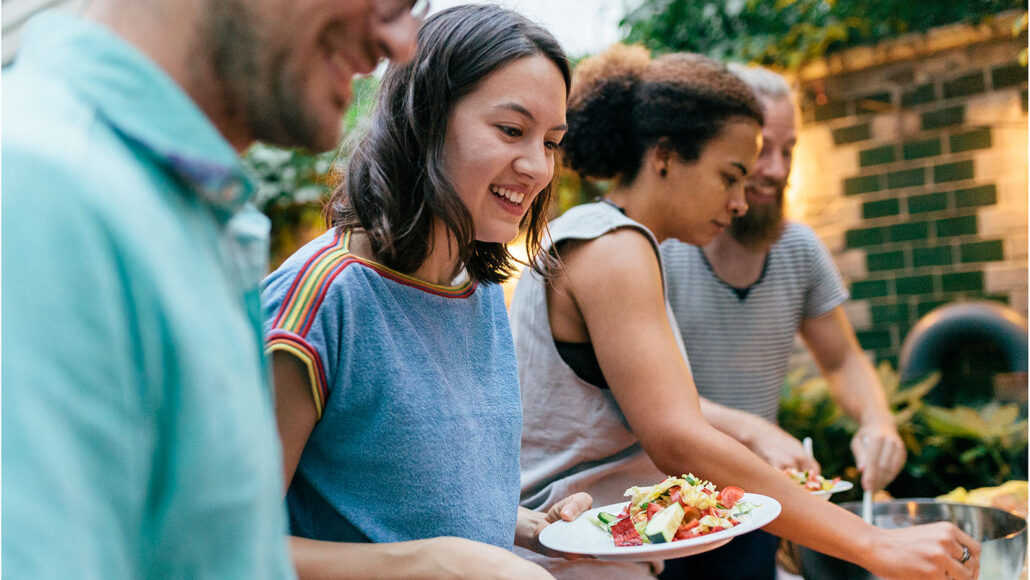Questions for ‘We all unknowingly eat plastic, which may host toxic pollutants’

Although we don’t mean to, we swallow tiny pieces of plastic every day. A new study shows why these ingested bits may be toxic.
Hinterhaus Productions/DigitalVision/Getty Image Plus